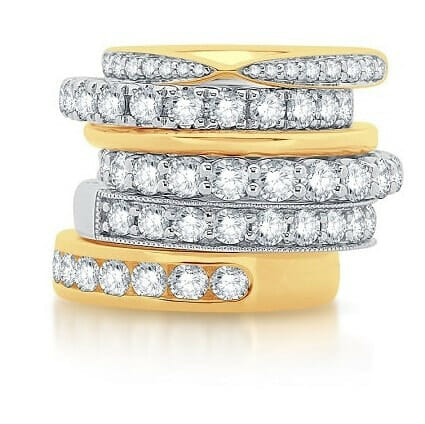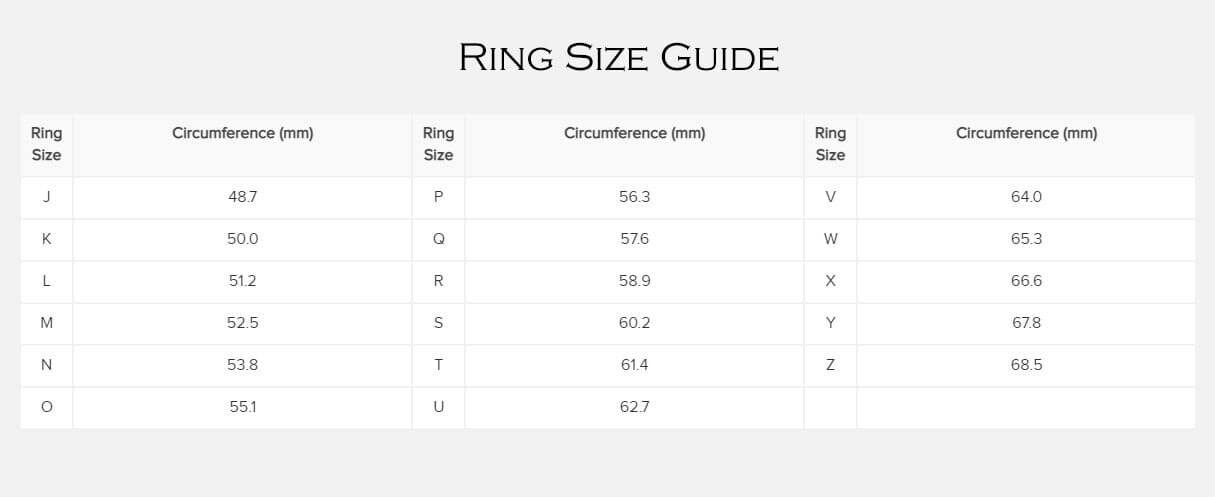Learn About
Morganites

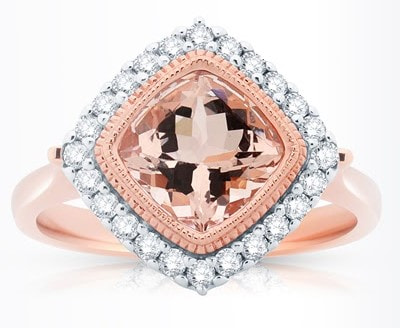
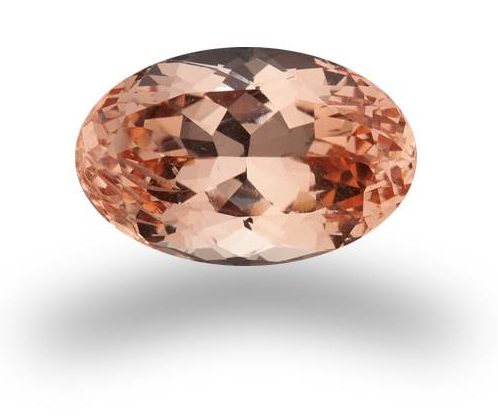
Polished Morganite
What is a MORGANITE?

A member of the beryl family, morganite shows a range of pink colors due to traces of manganese. Recently, this gemstone has seen an increase in popularity and value. Like most beryls, morganite makes an excellent jewelry stone.
Morganite is the pink to orange-pink variety of beryl, a mineral that includes emerald and aquamarine.
Morganites are Medium light to medium pink clean stones and custom cuts are the most valuable.
Very light and included stones are on the lower end of the value spectrum. As morganite frequently occurs in larger crystals, there is no exponential increase in price with size. Paradoxically, smaller morganites, if they show good color, can be more valuable than larger ones. In order to show good color, large stones must be so large that they’re impractical for use as jewelry.
As is the case with unheated greenish blue aquamarine, a small but growing segment of collectors prefer the unheated peachy color of morganite and are willing to pay a premium to get an unenhanced, natural piece.
Morganite in Engagement Rings

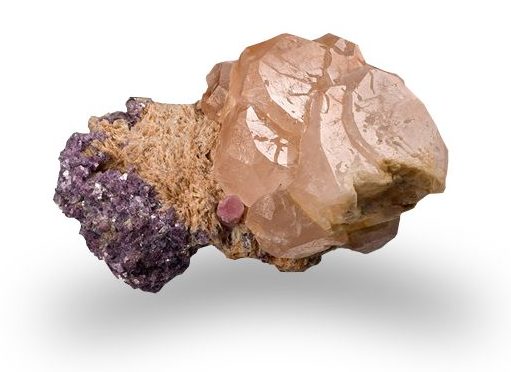
Morganite Rough
Caring for Your Morganite

Morganites are easy to care for at home. Sapphires can be cleaned at home with warm water (NOT COLD) and a splash of any type of dish or cleaning detergent that has degreasing ability. Avoid using anything that has moisturizers, abrasives or anti-static agents or toothpaste as they will leave a residue and scratch the metal.
Scrub gently with a soft toothbrush and rinse well. Dry with a soft cloth. For deeper cleaning, allow the piece to soak for 10 to 20 minutes, and then follow the remaining steps of the above procedure.
This process should only be used with Morganites set in gold or platinum as many detergents can react poorly with silver.
You can also use any cleaner that is specifically designed for use with jewellery.
You must know that Morganites are not bulletproof, so you still need to wear them with care.
Stick to the 4 rules of jewellery, No swimming, Gardening, heavy lifting or gym.
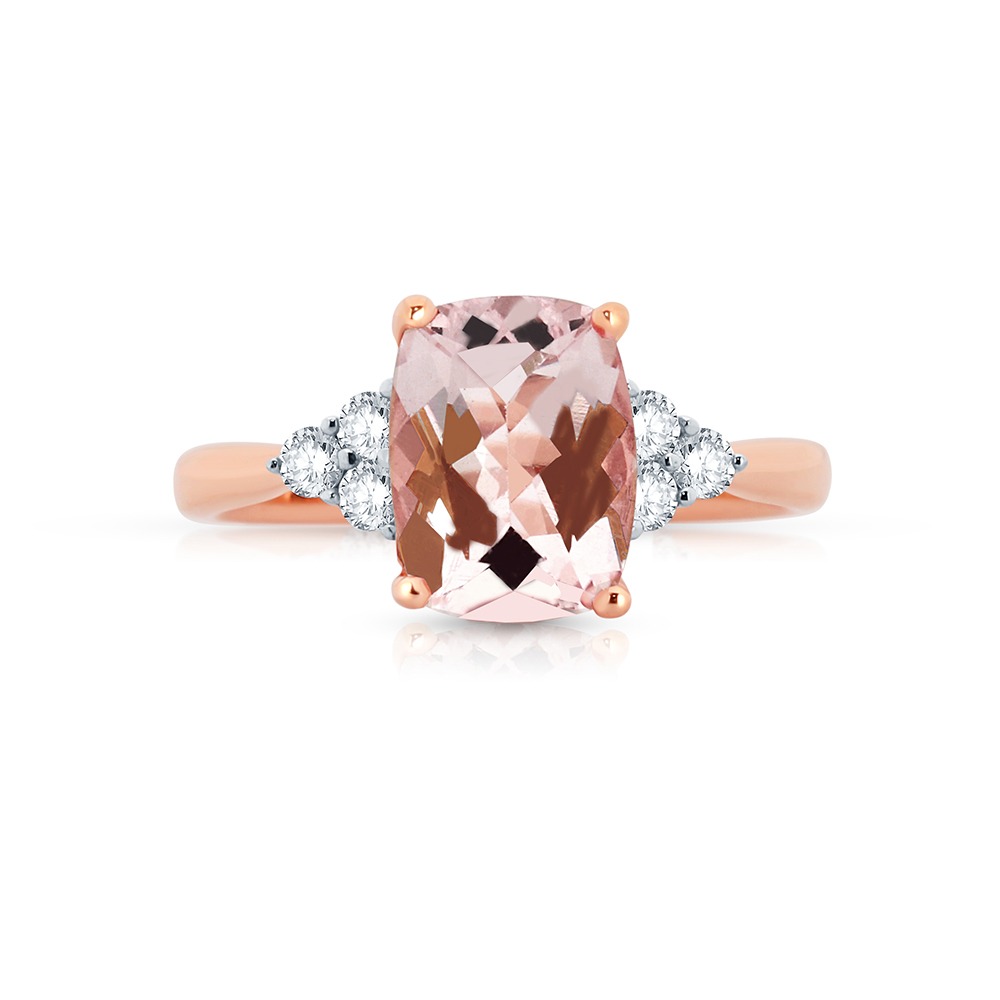
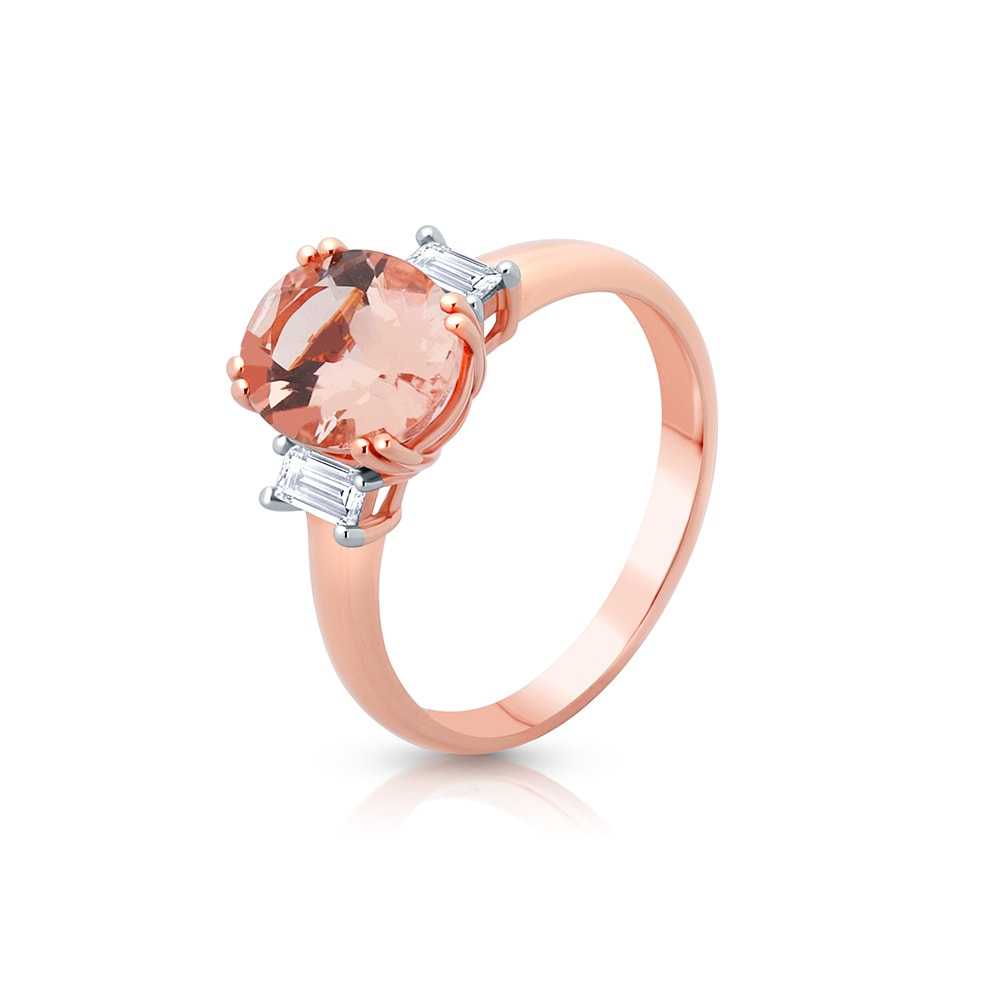

Where is Morganite Found?
Here’s an interesting piece of trivia: The New York Academy of Sciences later renamed the stone at the suggestion of the chief gemologist of Tiffany & Co. to ‘morganite’ after Tiffany’s avid gem collector, the famous J.P. Morgan.
Decide on Your Cut
The cut of a morganite is very important because it can impact the overall brilliance and value of the stone. Morganite can be cut into different shapes and sizes, with princess, cushion, emerald and rounds being the most popular. Morganites are typically faceted because they have excellent transparency, allowing them to produce very good brilliance.
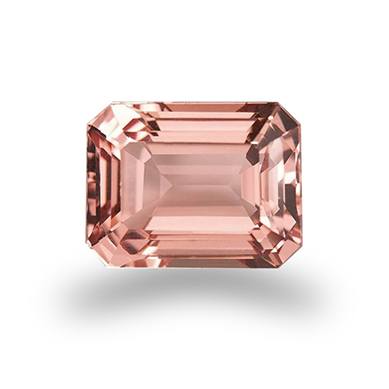
Emerald Cut
This is a step cut that is famous as the ideal
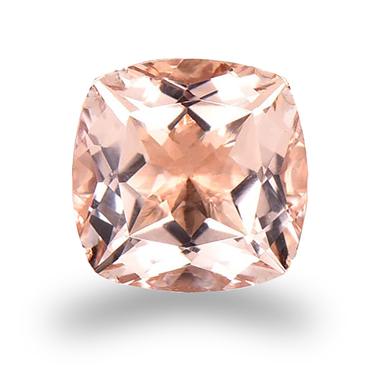
Marquise Cut
A cut similar to the pear cut, but with both ends coming to a point.
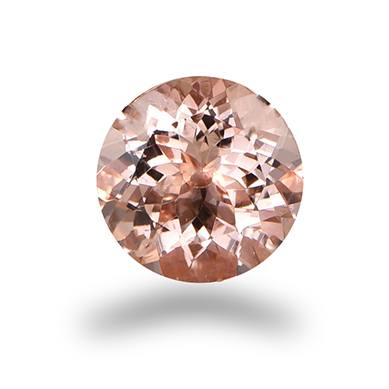
Round Cut
This is a perfectly round cut with a slight rise in the middle.
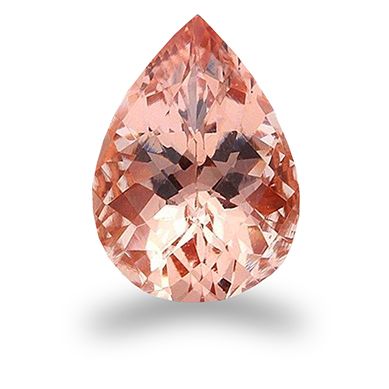
Pear Cut
This cut is rounded on the bottom and comes to a point at the tip.

Princess Cut
A perfectly square cut that comes to a slight, flat rise in the middle
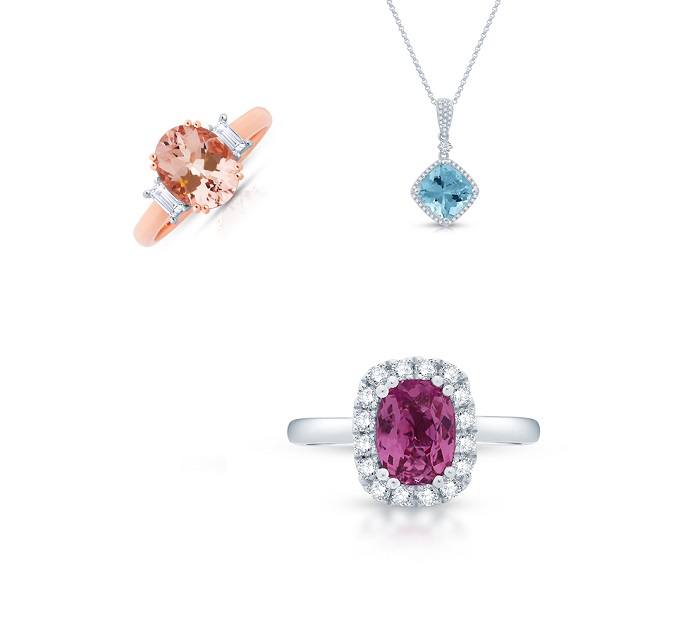
More coming soon…






